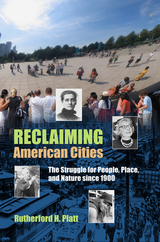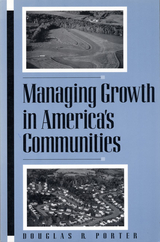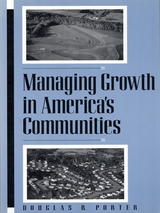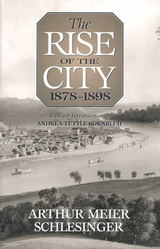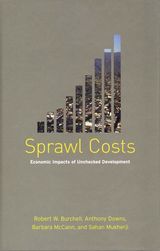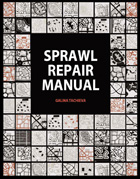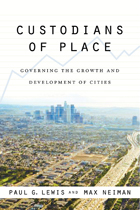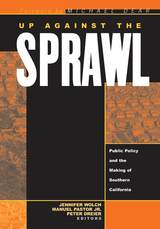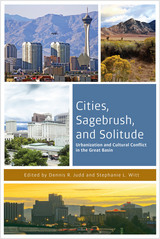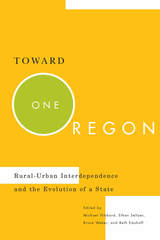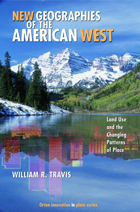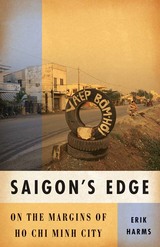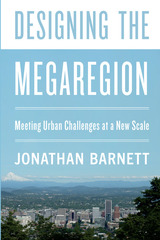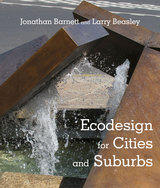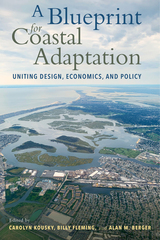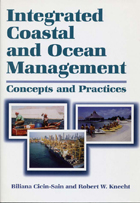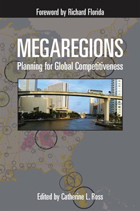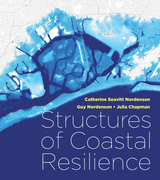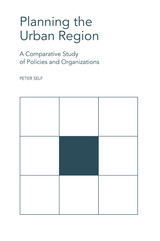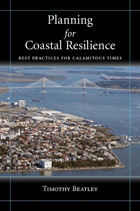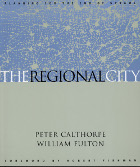Saigon’s Edge: On the Margins of Ho Chi Minh City
University of Minnesota Press, 2010
Cloth: 978-0-8166-5605-9 | Paper: 978-0-8166-5606-6
Library of Congress Classification HT384.V52H634 2011
Dewey Decimal Classification 307.76095977
Cloth: 978-0-8166-5605-9 | Paper: 978-0-8166-5606-6
Library of Congress Classification HT384.V52H634 2011
Dewey Decimal Classification 307.76095977
ABOUT THIS BOOK | AUTHOR BIOGRAPHY | REVIEWS | TOC
ABOUT THIS BOOK
Unlike the idealized Vietnamese model of urban space, Hóc Môn is between worlds, neither outside nor inside but always uncomfortably both. With particular attention to everyday social realities, Harms demonstrates how living on the margin can be both alienating and empowering, as forces that exclude its denizens from power and privilege in the inner city are used to thwart the status quo on the rural edges.
More than a local case study of urban change, Harms’s work also opens a window on Vietnam’s larger turn toward market socialism and the celebration of urbanization—transformations instructively linked to trends around the globe.
Much of the world’s population inhabits the urban fringe, an area that is neither fully rural nor urban. Hóc Môn, a district that lies along a key transport corridor on the outskirts of Ho Chi Minh City, epitomizes one of those places. In Saigon’s Edge, Erik Harms explores life in Hóc Môn, putting forth a revealing perspective on how rapid urbanization impacts the people who live at the intersection of rural and urban worlds.
Unlike the idealized Vietnamese model of urban space, Hóc Môn is between worlds, neither outside nor inside but always uncomfortably both. With particular attention to everyday social realities, Harms demonstrates how living on the margin can be both alienating and empowering, as forces that exclude its denizens from power and privilege in the inner city are used to thwart the status quo on the rural edges.
More than a local case study of urban change, Harms’s work also opens a window on Vietnam’s larger turn toward market socialism and the celebration of urbanization—transformations instructively linked to trends around the globe.
See other books on: City and town life | Margins | Sociology, Urban | Urbanization | Vietnam
See other titles from University of Minnesota Press

